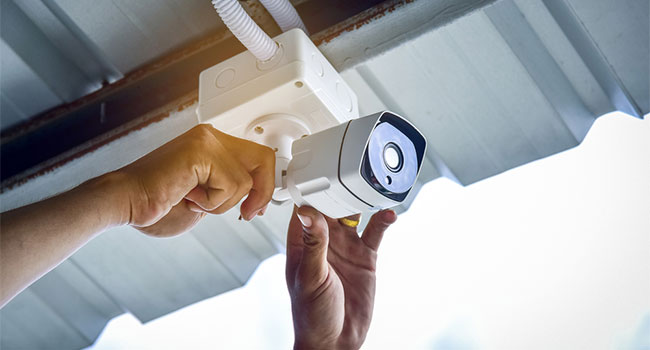
How Innovation in Security Integration Can Be Recognized and Incentivized
Many security solutions providers are redesigning and upgrading systems every day. It’s time for them to be rewarded with the R&D Tax Credit.
- By Tracy Lustyan
- Dec 05, 2019
When it comes to creating safe environments, any compromise is unacceptable. The fastidious job of designing, programming and installing security systems is not one to be taken lightly, as one security solutions provider working with alliantgroup knows all too well.
The company was recently tasked to wholly redesign six new security systems for a local elementary school. And while the sensitivities surrounding the need for better security measures in schools may be obvious, the sophisticated upgrade required the company to go through an iterative design and testing process to make sure every security system worked together in case of an emergency—all while meeting client and code requirements. This included the design, installation and programming of a control access door, wireless doors, intrusion, intercom, visitor management and camera systems.
The nuances behind this type of work, let alone the reasons behind why the innovations are so important, are exactly the type of behavior that the government wanted to incentivize when they created the Research & Development Tax Credit, also known as the R&D Credit.
The R&D Credit was enacted in the late 1980s in order to encourage domestic corporate innovation. The credit became permanent in 2015 after the passage of the Protecting Americans from Tax Hikes Act, and despite its place in our intricate tax code, qualifying for the credit is more straightforward than companies usually think.
Although it often is the case with the work of security system integrators, qualifying activities for the credit do not necessarily need to be incredibly complex. In order to qualify for the incentive, a security system integration firm simply needs to invest its time, money and resources into the advancement or improvement of one of its products or processes.
A company that qualifies for the credit through a qualifying research activity (QRA) can potentially receive a credit in the amount of a percentage of its qualified research expenditures (QREs) that are directly associated with the identified QRAs.
Simple enough. But how can security integrators specifically make use of the credit through its research and development activities? Whether it is the design of an auto-lock door, the development of a multi-channel alarm system or the testing of communication tools, a security integrator’s practice is more than likely to qualify.
Although the process can be straightforward, many companies are still hesitant to claim the R&D Credit. This particular security solutions provider, for instance, was hesitant during the beginning portions of their first R&D study regarding how they would even qualify, but alliantgroup’s engineers and technicians were performing research and development every single day.
The security solutions provider described above had no idea that evaluating different cameras and camera locations to achieve the appropriate angle and coverage, a common task for their security integrators, would be a qualifying activity for the R&D Credit.
These are the stories that were intended to come out of enacting the R&D Credit. Reinvestment, innovations and progress. Security system integrators are dealing with life or death matters, and it’s time that the work that they put into their craft is rewarded with reinvestment in their efforts.
About the Author
Tracy Lustyan is a Managing Director for alliantgroup based in Chicago.